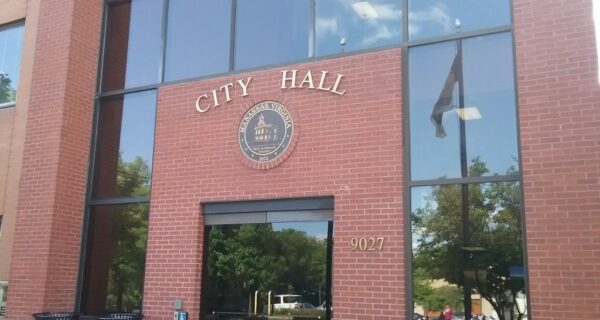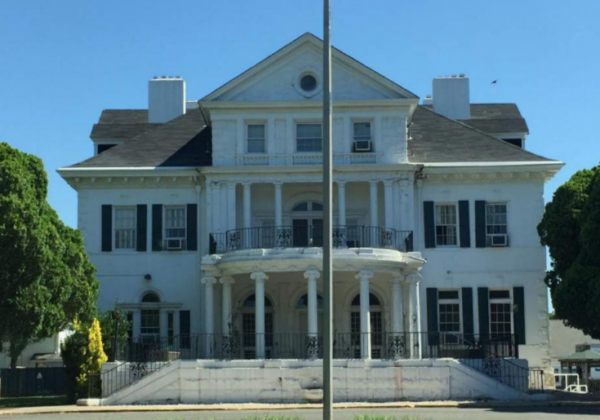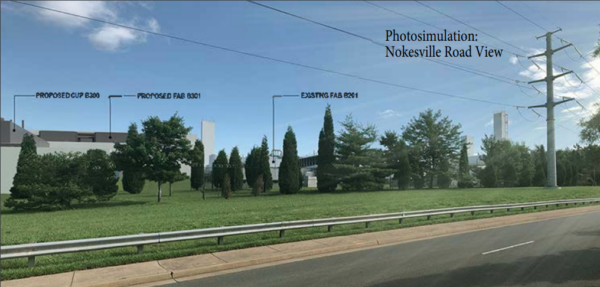Manassas needs a new Jennie Dean Elementary School; City Council and School Board at odds on funding it
MANASSAS — Jennie Dean Elementary School is 82 years old and not getting any younger.

Manassas needs a new Jennie Dean Elementary School; City Council and School Board at odds on funding it
MANASSAS — Jennie Dean Elementary School is 82 years old and not getting any younger.

DUMFRIES — Dr. Mary Kate Moriarty is a contestant in an upcoming episode of Jeopardy!
She’s a dentist at Modern Day Dentistry in Fettler Park just outside Dumfries and has been a resident of Northern Virginia for more than 20 years.







